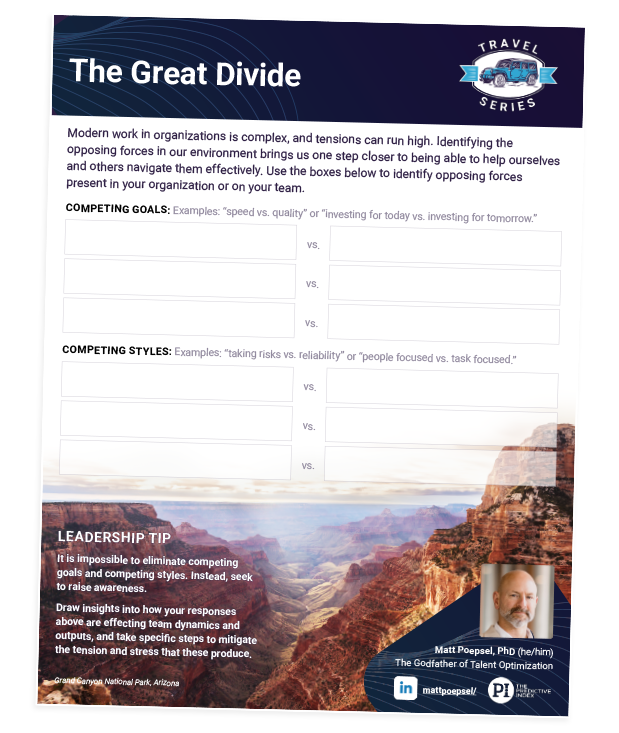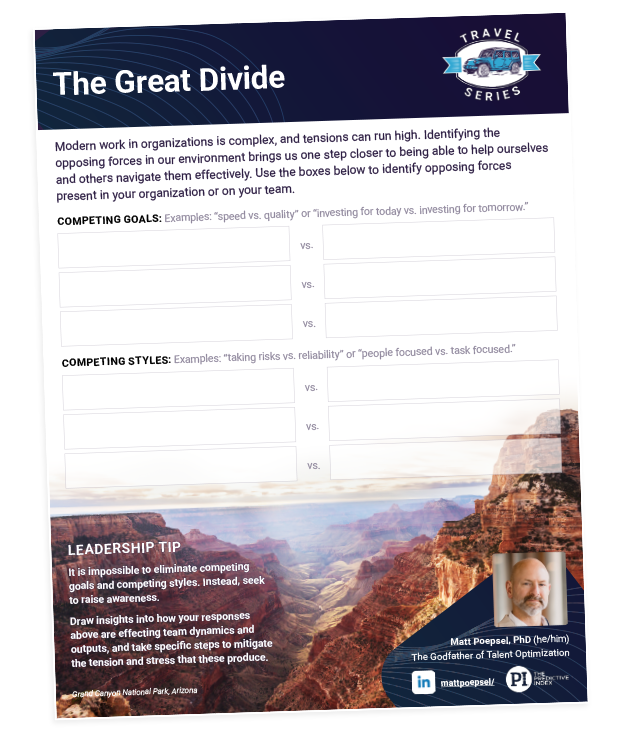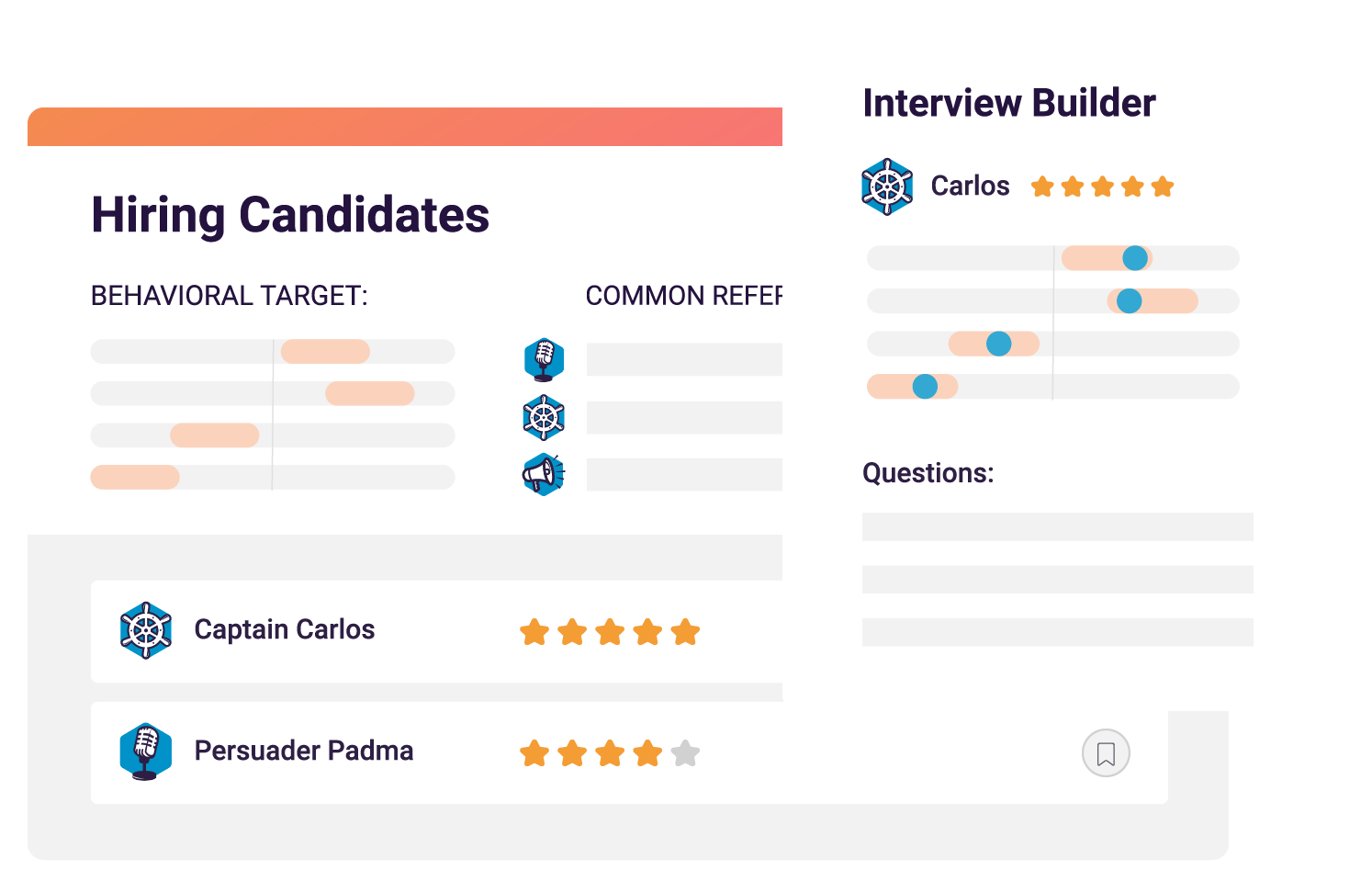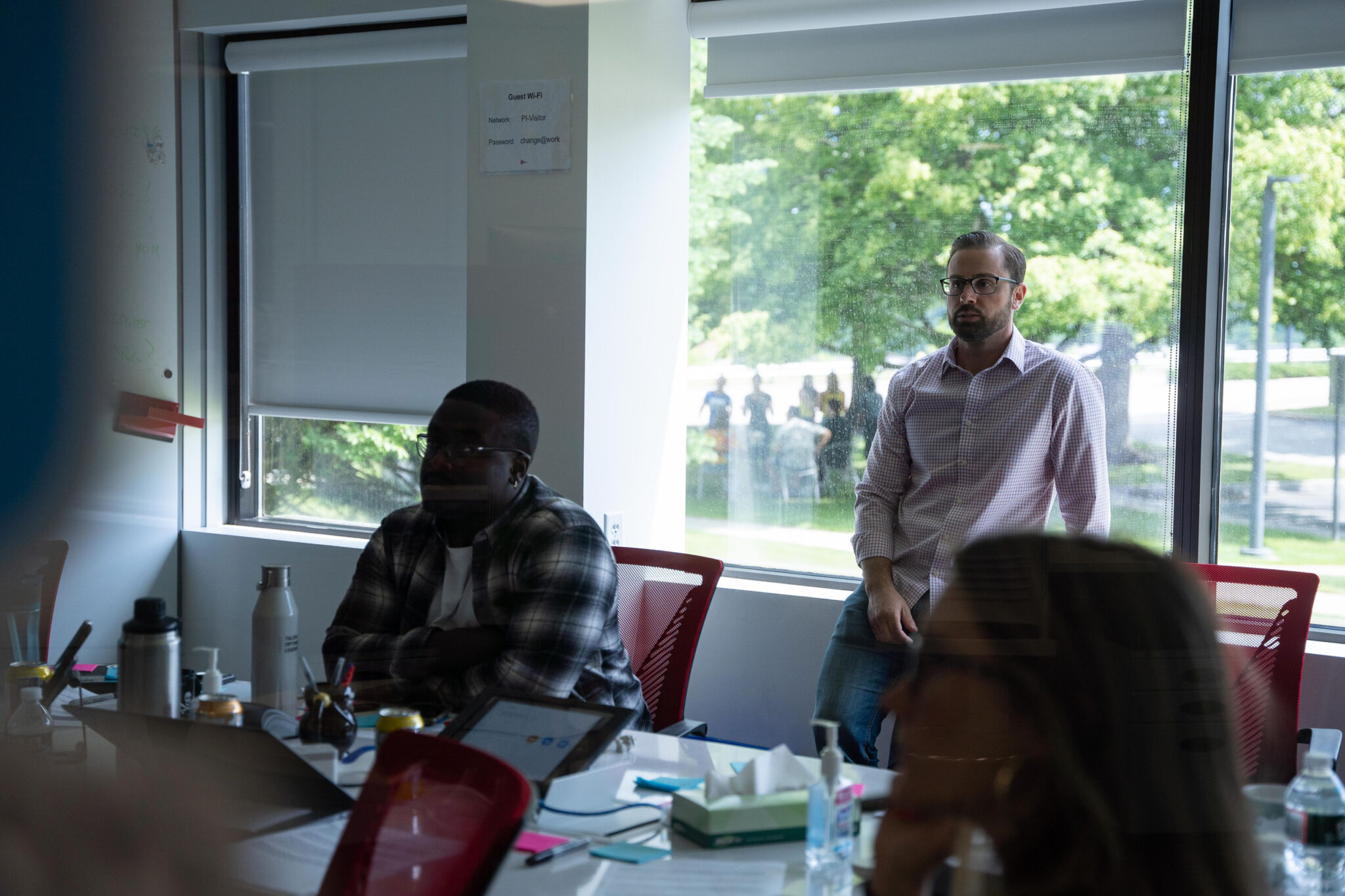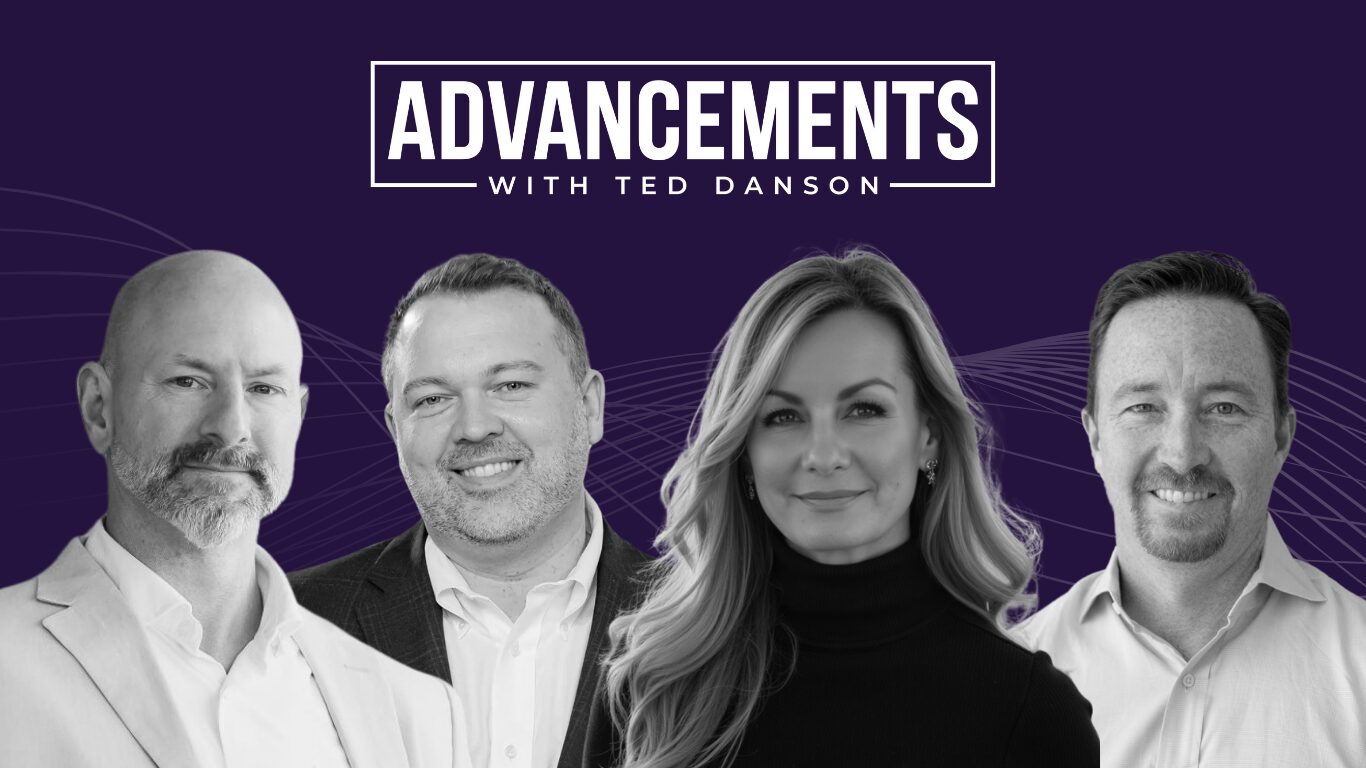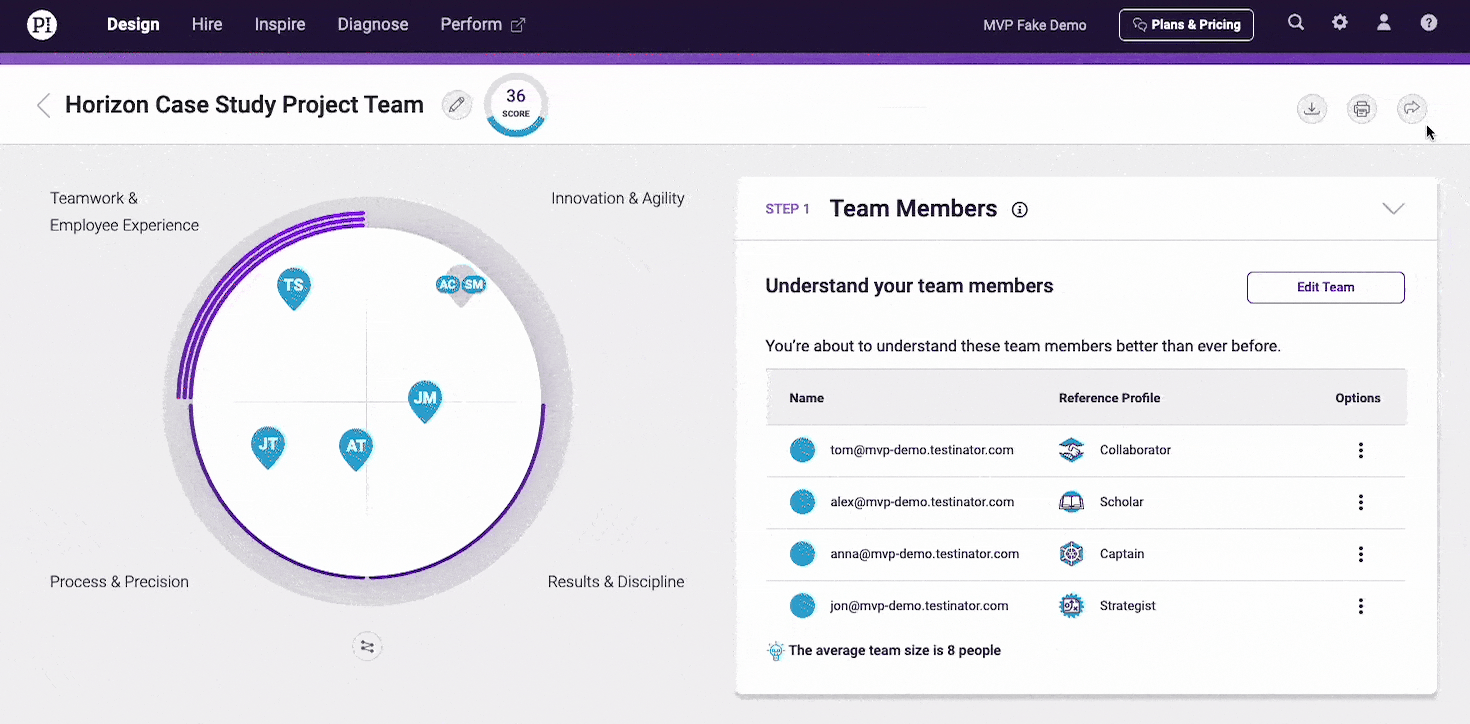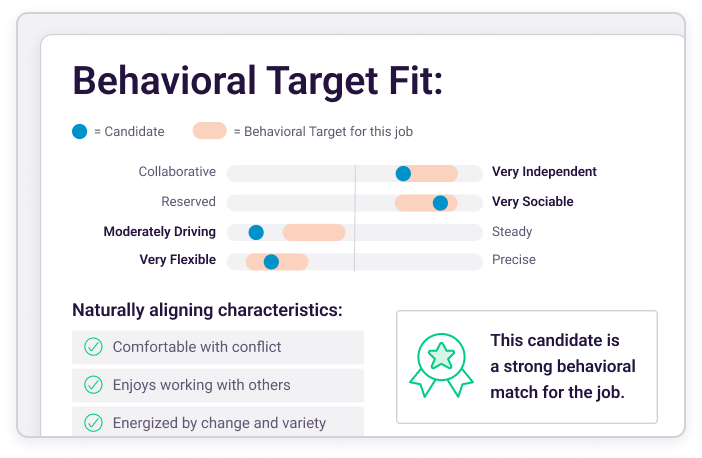When I was a young Marine, I received orders to travel from The Defense Language Institute in Monterey, California, to Goodfellow Air Force Base in western Texas. The fastest route would take me nearly 23 hours, but I opted for a detour to do a bit of sightseeing in the Arizona desert.
Nearly five million visitors make their way to Grand Canyon National Park just as I once did. Peering over the rim of the canyon is an indescribable feeling. The opposing sides of the canyon stand as much as 18 miles apart.
That separation pales in comparison to the distance I see between many executives, departments, and managers.
Just as the Colorado River cut through the desert, powerful forces are slicing our organizations into shreds. In my experience as a talent consultant, I most often see these manifest in two ways:
- Competing goals. As organizations grow more complex, natural tension points emerge. Should we push to be innovative or should we aim to be efficient? Should we accelerate a technology upgrade that will increase tracking and quality but create short-term customer fulfillment issues?
- Competing styles. Executives tend to be long-term, big-picture thinkers who have a bias for action. Others in the organization, however, were hired specifically to do careful, thoughtful work. These differing attitudes, values, and behaviors can create serious rifts in any organization.
As leaders, we need to reflect on where these competing goals and competing styles exist in our organization. Being mindful of these natural tensions helps us to be more empathetic of stressors that impact our teams and find solutions that better serve the collective whole and not just our local interests.
I’ve created a Grand Canyon-themed worksheet to help you put pixel to paper. Download it and complete the simple-but-oh-so-powerful thought prompts. Remember that your work experience and perceptions will differ from those around you, so be sure to forward a copy to your leadership team, peers, and direct reports.
While we can’t eliminate all that threatens to keep us apart, we can raise our awareness and use our insights to bridge the gaps that will inevitably open up between us.
